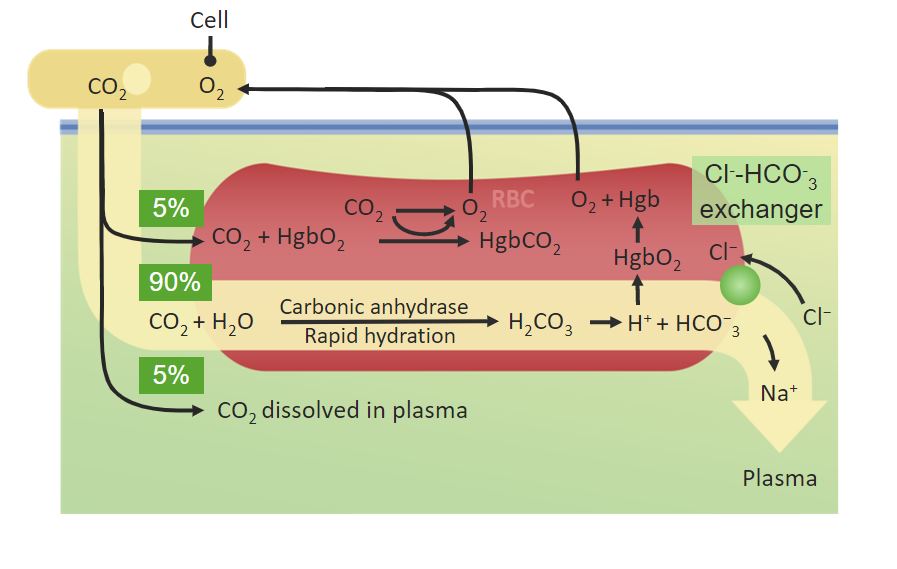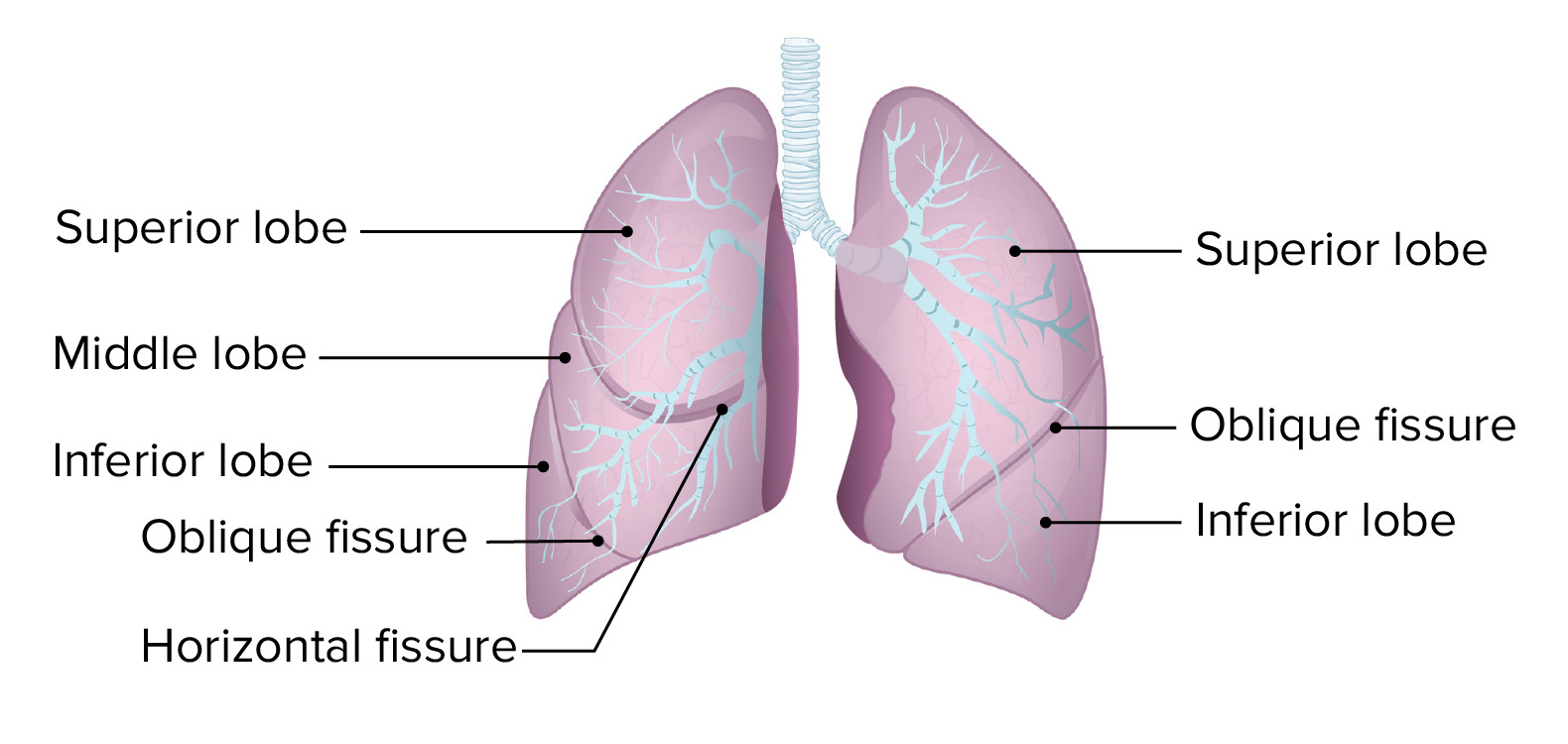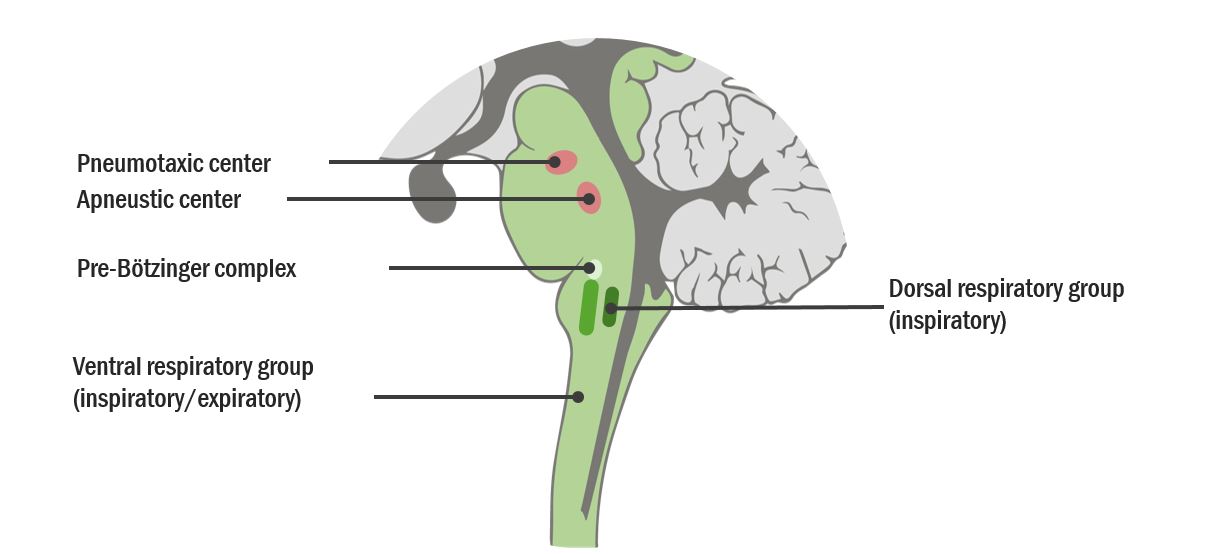Playlist
Show Playlist
Hide Playlist
Learning Outcomes – Breathing and Lung Mechanics
-
Slides 01 PulmonaryVentilation RespiratorySystem.pdf
-
Download Lecture Overview
00:00 All right, we’ve covered a lot of topics today. 00:03 The first one is is we covered how we describe the respiratory cycle and remember the most important things with the respiratory cycle is developing that negative pleural pressure so that they will translate that into alveolar pressure and therefore be able to pull air into the lungs. 00:23 We’re able to apply our methods to describe ventilation for both minute and alveolar ventilation. 00:31 And remember the big difference between those two is alveolar ventilation accounts for deadspace. 00:36 We also talked a lot about how resistance affects ventilation and that mainly had to do with the radius of the airway. 00:45 The smaller the radius, the more resistance. 00:49 We then also talked about work of breathing and how forces such as compliance and surface tension affect how much work that you have to do during breathing. 00:59 And finally, we talked through how restrictive and obstructive lung diseases affect our work of breathing. 01:08 Where restrictive lung disorders cause us to have to generate greater pleural pressures and greater pressures to be able to ventilate. 01:18 And therefore, oftentimes, they ventilate at a faster rate so that they don’t have to go against this work of breathing.
About the Lecture
The lecture Learning Outcomes – Breathing and Lung Mechanics by Thad Wilson, PhD is from the course Respiratory Physiology.
Included Quiz Questions
What is the most important driver of the respiratory cycle?
- Negative pleural pressure
- Airway diameter changes which facilitate spontaneous airflow
- Compliance differences within the lungs
- Large surface tension in the fluid on the alveolar walls
- Alveolar ventilation changes that are caused by the upward movement of the diaphragm
Customer reviews
5,0 of 5 stars
| 5 Stars |
|
5 |
| 4 Stars |
|
0 |
| 3 Stars |
|
0 |
| 2 Stars |
|
0 |
| 1 Star |
|
0 |






